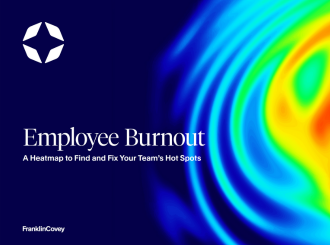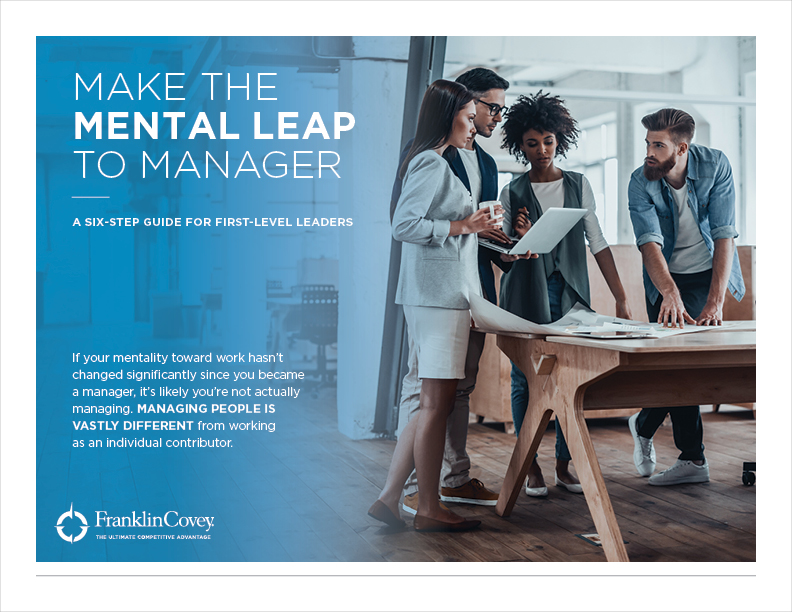
EMPLOYEE BURNOUT
A Heatmap to Find and Fix Your Team's Hot Spots

With so many other potential crises flashing red on the dashboard, addressing employee burnout might not feel the most urgent. But don’t be fooled: Although burnout looks different in 2025 than it did in 2018 or even 2022, its corrosive influence remains significant.
In 2024, more than half of workers around the world experienced workplace burnout.
We must not forget an important truth: People can be compelled to complete tasks, but their best—the kind fuelled by heart and creativity—can only be given willingly. That level of engagement must be earned.
In 2024, more than half of workers around the world experienced workplace burnout. Reference this guide as a heat map to your organisation’s likely burnout vulnerabilities. It highlights the forces and trends driving burnout in today’s marketplace—and the steps leaders can take to turn those “danger zone” hot spots into areas of new strength.
-

Please fill out the form to receive our free guide via email.
-
-
Every day, your leaders and your workforce are faced with countless bits of information while making decisions that range from the pragmatic to the strategic. As they confront more and more information—requiring them to act quickly while considering varying perspectives—they are primed to rely on biased thinking.
Why? Because unconscious biases are shortcuts that help our brains compensate for overload. This affects how we make decisions, engage with others, and respond to various situations and circumstances, often limiting potential, inhibiting performance, and leading to poor decision-making.
You may be new to the topic of unconscious bias, or perhaps you already have a training initiative underway inside your organization. Regardless of your knowledge level, these complimentary resources will help as you create a workplace of inclusion and engagement.
